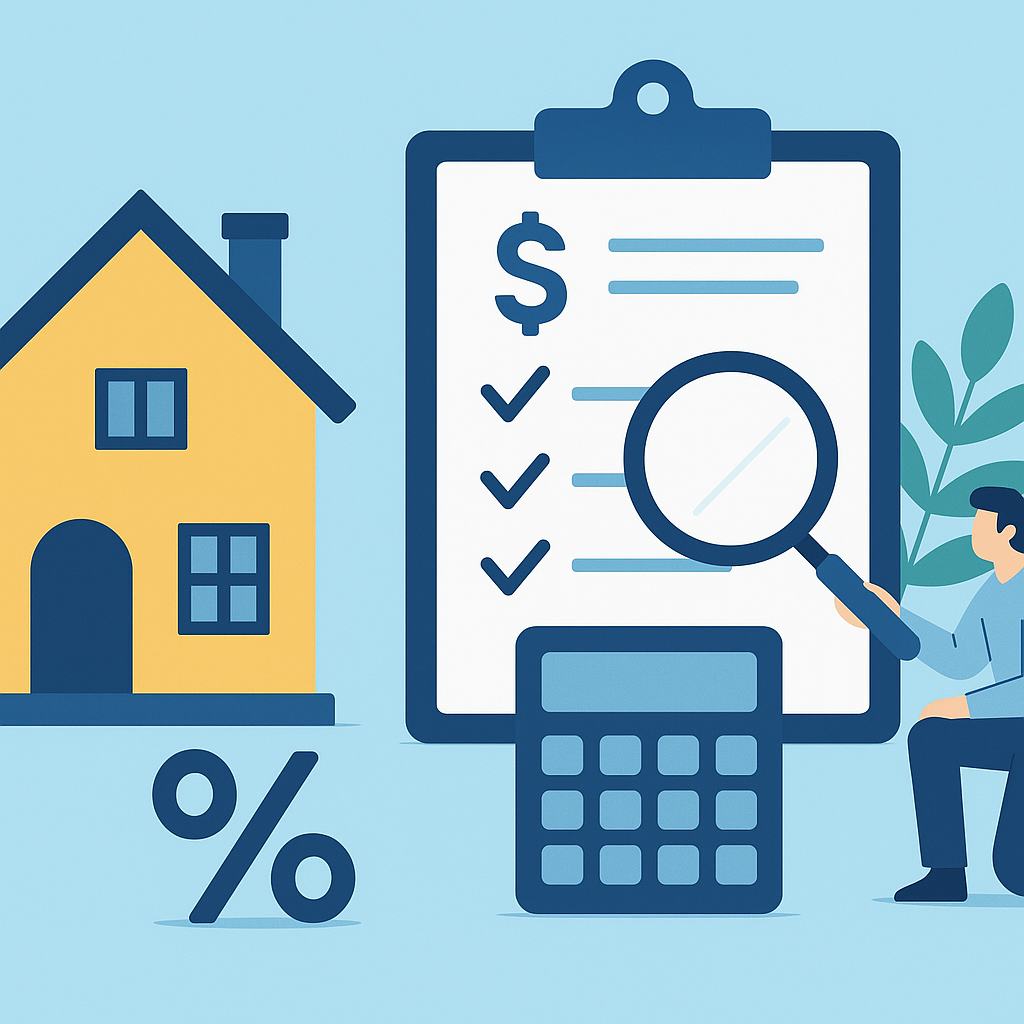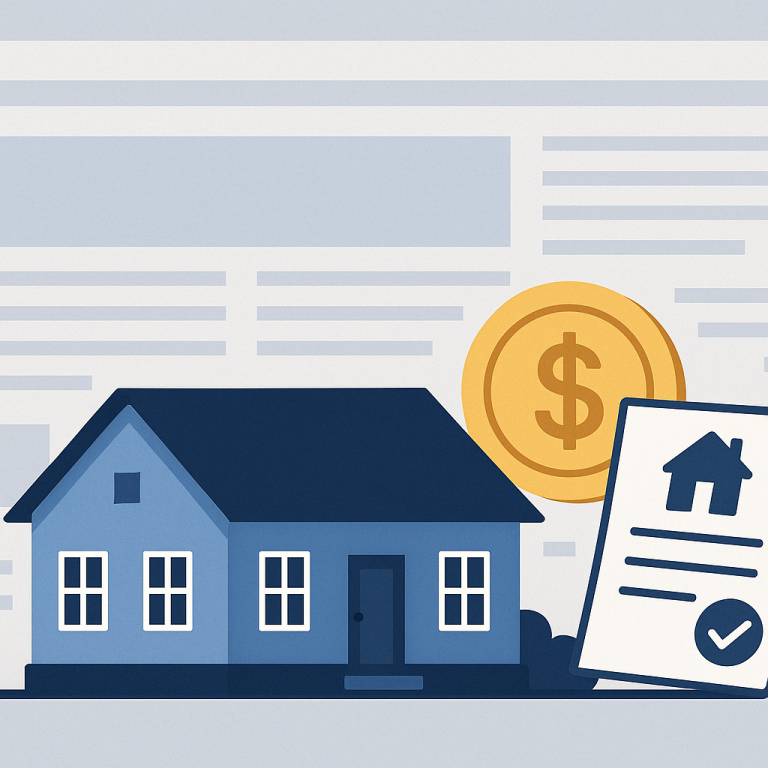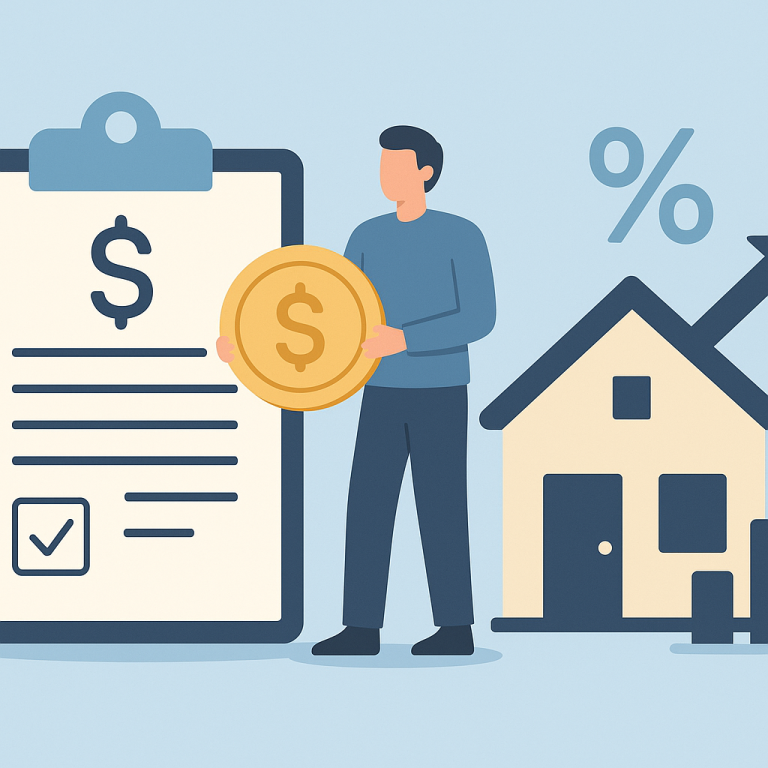Refinance guide refinancing to remove a balloon payment
Refinancing to Remove a Balloon Payment: What It Is and When It Makes Sense
A balloon payment is a large lump-sum that becomes due at the end of a loan’s term when the regular payments did not fully amortize the principal. Refinancing to remove a balloon payment means replacing the existing loan with a new mortgage that fully amortizes the balance (or otherwise eliminates the large final payment) so you avoid paying the lump sum at maturity.
This strategy makes sense when you want predictable monthly payments, you don’t have the cash to cover the balloon, or you want to lock in a longer-term fixed-rate loan. It’s commonly used by homeowners with hybrid or short-term balloon loans who plan to stay in the home, or who want to reduce the risk of being forced to sell or come up with a large payment when the balloon comes due.
Benefits and Drawbacks
Benefits
- Eliminates the risk of a large lump-sum payment at maturity.
- Converts an uncertain position into predictable monthly payments with a fixed or fully amortizing loan.
- May secure a lower long-term interest rate if market conditions are favorable.
- Can consolidate the balance into a conventional 15- or 30-year mortgage for easier budgeting.
Drawbacks
- Refinancing incurs closing costs and fees, which can be substantial.
- You may qualify for a higher interest rate than your current teaser rate or less-favorable terms depending on credit and market conditions.
- If you refinance into a longer-term loan, you may pay more interest over the life of the loan even if monthly payments are lower.
- If equity is limited or your finances have weakened, you may not qualify without paying down principal or securing a co-borrower.
Costs and Fees
Refinancing to remove a balloon payment involves many of the same costs as a standard refinance. Expect to budget for:
- Origination fee (usually 0.5%–1.5% of the loan amount).
- Appraisal fee ($300–$700 typical, higher in some markets).
- Title search and title insurance.
- Recording fees and local transfer taxes where applicable.
- Credit report and underwriting fees.
- Discount points, if you choose to buy down the rate.
- Prepayment penalty or defeasance costs if the existing loan imposes them (check your loan contract).
Cash needed at closing depends on closing costs, any payoff of mortgage arrears, and whether you roll the costs into the new loan. Some refinances allow no-closing-cost options but typically at a slightly higher interest rate.
Step-by-Step Process
-
Review your current loan documents.
Confirm the balloon amount, the maturity date, and whether the loan includes prepayment penalties or provisions for extension.
-
Assess your financial position.
Check your credit score, income stability, debt-to-income (DTI) ratio, and available equity (LTV). Lenders typically require sufficient equity and reasonable DTI to approve a refinance.
-
Shop lenders and loan products.
Compare conventional, FHA, VA, and portfolio lenders. Ask specifically about loans structured to remove a balloon and whether you qualify for rate-and-term versus cash-out refinancing.
-
Get prequalified or preapproved.
Submit income, asset, and credit documentation to see the rates and terms you’ll likely receive.
-
Lock a rate (if you have an offer you like).
Rate locks protect you from rising rates while the loan closes, usually for 30–60 days or longer for a fee.
-
Appraisal and underwriting.
The lender orders an appraisal and underwrites the loan. Be prepared to respond quickly to additional document requests.
-
Closing and payoff.
At closing you sign the new loan documents, pay closing costs (or accept rolled-in costs), and the new lender pays off the old loan including the balloon amount.
Common Pitfalls to Avoid
- Waiting too long. Start the refinance process several months before the balloon is due; underwriting, appraisal, and closing can take 30–60+ days or longer in busy markets.
- Ignoring prepayment penalties or defeasance clauses. Some loans (particularly commercial or certain portfolio mortgages) have costly penalties for early payoff.
- Underestimating closing costs. Get a Good Faith Estimate or Loan Estimate early and compare offers, including whether costs are rolled into the loan.
- Assuming you’ll automatically qualify. Lenders require documentation; a change in employment, credit, or equity can derail approval.
- Refinancing into a much longer term without considering total interest. Lower monthly payments can hide higher lifetime cost.
Short FAQ
How far in advance should I start refinancing before the balloon payment is due?
Begin the process 3–6 months before the balloon is due. That gives you time to shop lenders, obtain an appraisal, and handle any underwriting issues. If you wait until the last minute you risk being unable to close before maturity.
Can I refinance if I have little equity or a low credit score?
Possibly, but options will be limited. Low equity (high LTV) or poor credit can result in higher rates, mortgage insurance requirements, or denial. Consider alternatives like bringing cash to closing, a co-borrower, or negotiating with your current lender for an extension or modification.
What happens if I can’t refinance before the balloon comes due?
If you can’t refinance, you must either pay the balloon in full, sell the property, or negotiate an extension or loan modification with your current lender. In commercial scenarios, bankers may require defeasance or provide short-term bridge financing, often at a higher cost.
Are there alternatives to refinancing to remove a balloon?
Yes. Alternatives include negotiating an extension or modification with the existing lender, selling the property, arranging a bridge loan, or bringing funds to pay the balloon. Each option has trade-offs and costs, so compare them carefully.
Refinancing to remove a balloon payment is a common and practical way to reduce risk and gain payment predictability, but it requires planning, comparisons, and timely action. Start early, get multiple quotes, and carefully weigh closing costs against long-term savings.
META: refinancing to remove a balloon payment; evergreen homeowner guide; ~1,000 words





